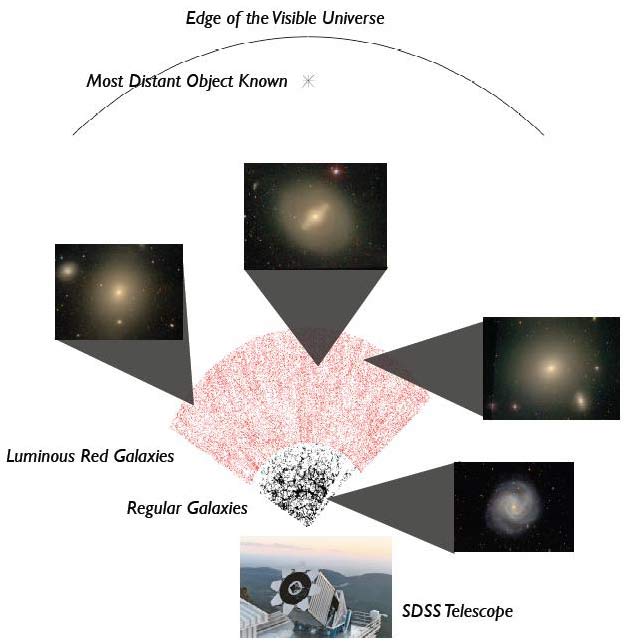Largest Cosmic Map Confirms How Little We Know

For centuries, humans have looked to the heavens for their gods and goddesses and clues for finding the nature of the universe.
Now, the largest ever-produced map of the universe gives those lost in the dark some direction, but is also confirms that the universe is full of dark energy, a strange force pushing galaxies apart at ever faster speeds.
This utterly inexplicable force is one of nature's great unsolved mysteries. Map or no map, scientists admit they're pretty clueless about what's going on.
"We now have a precise view of what makes up our universe, but little idea as to why," said Ofer Lahav, the head of the Astrophysics Group at University College London. "It is intriguing that the ordinary matter our bodies are made of and that we experience in everyday life only accounts for a few percent of the total cosmic budget."
Scientists have known since the 1920s that the universe is expanding. But it was only in the late 1990's that they realized it is doing so at an ever-increasing pace. Not sure how to explain this phenomenon, they concluded that some mysterious force, dark energy, is what's causing this acceleration.
This mysterious force is said to make up about 75 percent of the mass-energy budget of the cosmos.
The new cosmic map is a three-dimensional atlas of more than one million galaxies reaching a distance greater than 5 billion light-years. The most distant galaxies in the universe are more than 13 billion light-years away, and not all of them have been catalogued or even discovered.
Breaking space news, the latest updates on rocket launches, skywatching events and more!
The map was created using a new artificial intelligence technique that helps overcome challenges to figuring out how far galaxies are in a photograph that renders them all essentially in two dimensions.
"By using very accurate distances of just 10,000 galaxies to train the computer algorithm, we have been able to estimate reasonably good distances for over a million galaxies," said Adrian Collister of the University of Cambridge. "This novel technique is the way of the future."
To make such a map, astronomers have to find the distance between galaxies. Conventionally, this is done by taking a full spectrum of every galaxy and measuring how the light emitted by each one stretches as the universe expands. But this method is tedious and time consuming because it involves observing each galaxy and splitting the observed light into individual components to measure the light stretch.
However, with the new technique, researchers measured the amount of color distortion of a small sample of galaxies whose colors are well known and therefore avoided the need to obtain a full spectrum of every galaxy.
They then approximated the distance of a galaxy by looking at digital images of the sky and created a map of more than a million galaxies.
Soon, with a few simple clicks, any web surfer will be able to look at the new view of heavens. The map is to be made available free on the Internet.
- Dark Energy and Einstein Converge
- Nearby Evidence for Dark Energy
- Dark Matter and Dark Energy: One and the Same?
- Image Gallery: Hubble's Latest Views of the Universe

